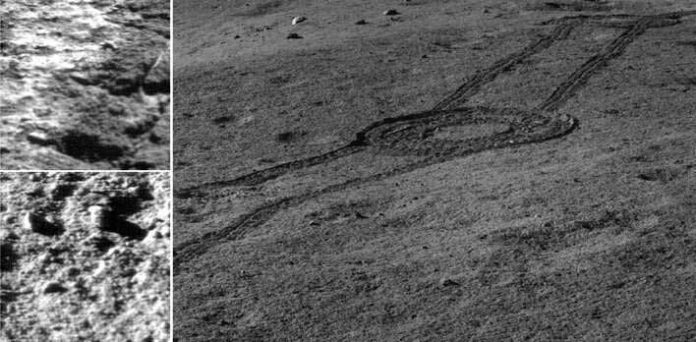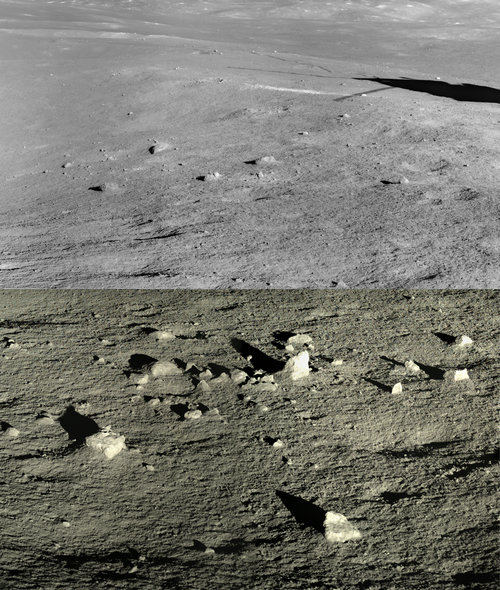The CNSA’s mission Chang’E probe (CE-4) was the first mission to land on the far side of the moon and providing new insights about the dark side of the Moon. Now, the probe has collected new evidence from the largest crater in the solar system, clarifying how the moon may have evolved.
One core hypothesis posits the moon was not exactly as cold and dead as it is today. Rather it likely began as a giant, molten marble loaded with magma oceans. These oceans gradually cooled, saving substantial minerals, for example, the green-hued olivine or the low-calcium pyroxene deeper into the lunar mantle. Less dense minerals floated to the top in this manner giving the moon a progression of evident land layers like a cosmic onion. The outside layer, the highest layer, is made generally out of aluminum silicate or plagioclase.
Corresponding author LI Chunlai, a professor of the National Astronomical Observatories of Chinese Academy of Sciences (NAOC) said, “Understanding the composition of the lunar mantel is critical for testing whether a magma ocean ever existed. It also helps advance our understanding of the thermal and magmatic evolution of the moon.”
“The evolution of the moon may provide a window into the evolution of Earth and other terrestrial planets, because its surface is relatively untouched compared to, say, the early planetary surface of Earth.”
The Chang’e 4 lander originally landed in the Von Kármán Crater, which lies on the floor of the South Pole-Aitken Basin, back in January. The lander then dispatched a rover, Yutu-2, equipped with a spectrometer that measures reflected light. By studying the light reflected from the surface as the rover rolled along Von Kármán, the scientists were able to detect minerals and determine their chemical composition. Rather than seeing a lot of plagioclase, the rover detected a dominance of olivine and pyroxene.
As these elements are expected much deeper in the mantle, scientists suggest that they were ejected from an impact event caused by a meteor striking the lunar surface. The rover is exploring close to the 72-kilometer Finsen Crater so the minerals may have been sprayed across the surface during that crater’s creation.
CE-4 will need to explore more to better understand the geology of its landing site, as well as collect much more spectral data to validate its initial findings and to fully understand the composition of the lunar mantle.
This work was supported by the Chang’E-4 mission of the Chinese Lunar Exploration Program.
Other contributors from the Key Laboratory of Lunar and Deep Space Exploration in the National Astronomical Observatories of the Chinese Academy of Sciences include LIU Dawei, LIU Bin, REN Xin, LIU Jianjun, ZUO Wei, ZENG Xingguo, TAN Xu, ZHANG Xiaoxia, CHEN Wangli, WEN Weibin, SU Yan, ZHANG Hongbo, and OUYANG Ziyuan, who is also affiliated with the Institute of Geochemistry. HE Zhiping, XU Rui, and SHU Rong of the Shanghai Institute of Technical Physics also contributed.
The results were published on May 16, 2019, in Nature.

